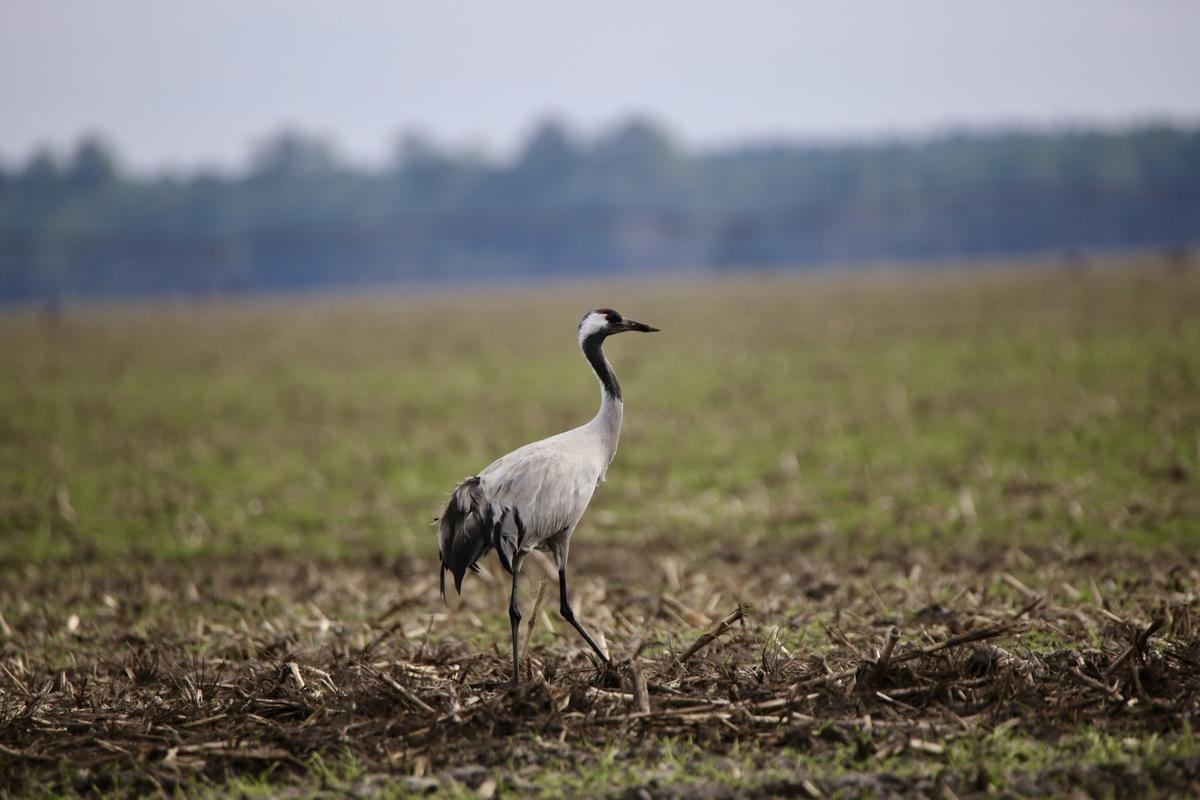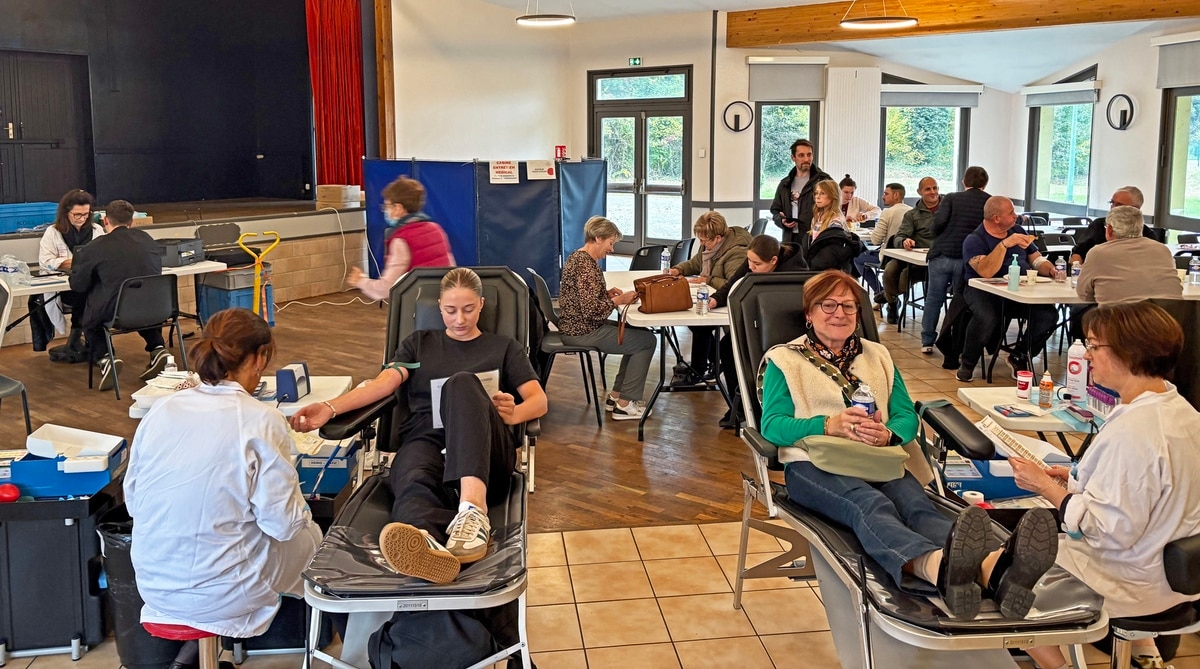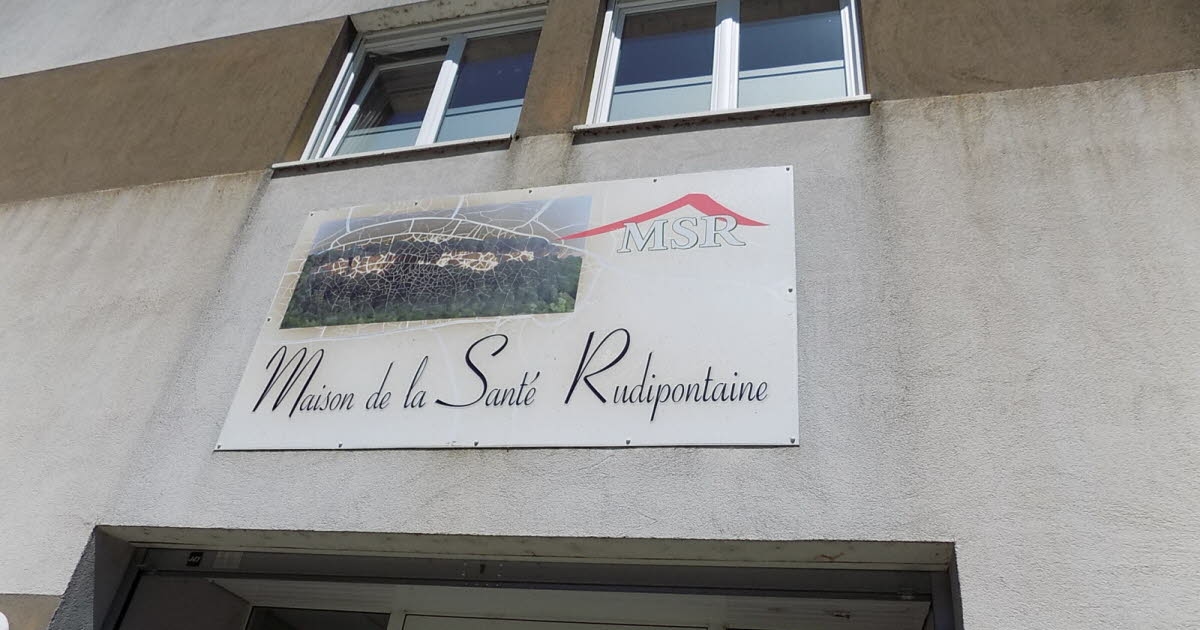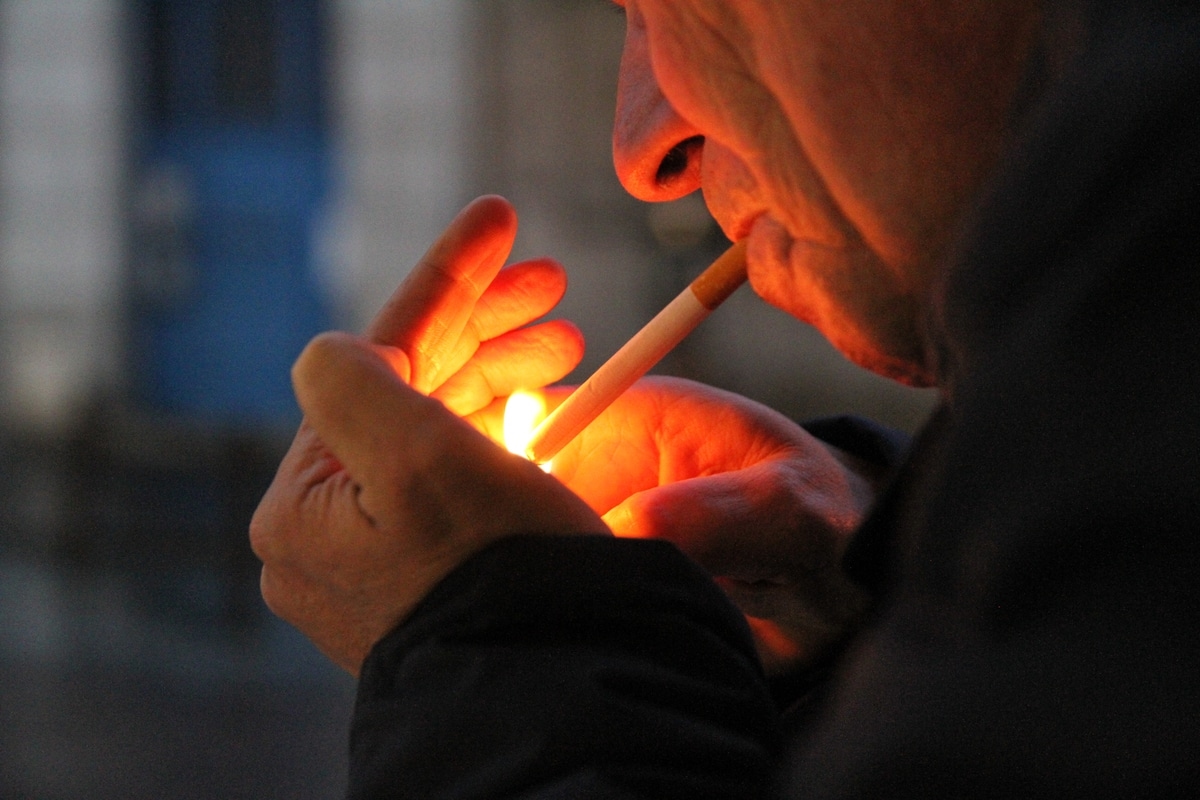Bird flu: In the Médoc region, the Cousseau Reserve remains vigilant against a virus that is affecting common cranes.

In France, the first cases were reported at major stopover sites, such as Lac du Der in Champagne (where hundreds of dead birds were observed) and the Arjuzanx reserve in the Landes region . The Gironde department has not been spared, with several weakened or dead birds observed at Cousseau. On Monday, November 3, late in the morning, the reserve posted a message dedicated to this avian flu outbreak on its Facebook page. The newspaper "Sud Ouest" was able to contact Cyril Forchelet, the reserve's warden. "For the moment, we have counted fewer than ten dead birds. This is low compared to other sites, but there is little doubt that the virus is circulating in the migratory population." According to him, this contamination is not specific to any one location. The warden explains that "the birds leave Germany already carrying the virus and transport it throughout their journey." "Since they live in a colony, transmission is inevitable."

Julien Lestage
On October 21, the Ministry of Agriculture announced that it had raised the avian influenza risk level from moderate to high across France. This decision entails stricter measures for poultry farms, backyard flocks, and sensitive natural areas. On the ground, Sepanso, which manages the Cousseau site, remains on high alert. "We are monitoring the situation daily with the French Office for Biodiversity and the Sagir surveillance network," says Cyril Forchelet. "There's no need to panic. Avian flu circulates every winter, but some species, like the common crane this year, are more affected than others."
Buffaloes and cows not on displayDespite the current health situation, the Cousseau Pond Nature Reserve is reassuring the public. The public loop trail remains open, and the Saturday morning guided tours for observing cranes are still running. The trail accessible to the public is located several hundred meters from the birds' resting areas, in the peat bog and the pond. "There is no risk of direct contact with wildlife," emphasizes reserve manager Cyril Forchelet. "We are maintaining vigilance, but the reserve remains a safe place for the public."

Julien Lestage
Safety guidelines are clear for walkers and local residents. They must not approach areas where cranes land, must not attempt to handle an injured or dead bird, and must report any suspicious sightings to the town hall or the French Office for Biodiversity. Domestic animals must be kept on a leash to avoid any contact. As a precaution, wildlife rehabilitation centers are no longer accepting cranes to prevent any risk of cross-contamination. Other animals present on the reserve, such as water buffalo and sea cows , are not at particular risk. "Areas of contact are very limited, especially since the cattle return to the forest as winter approaches," explains Cyril Forchelet.
The reserve team is therefore continuing its awareness and observation mission, while remaining ready to implement any additional instructions from the prefecture. "It's sad news for these iconic birds of our winters," acknowledges the warden. "But we must keep a cool head, observe, and not intervene. We hope that the Cousseau colony will be relatively spared this season."
SudOuest




